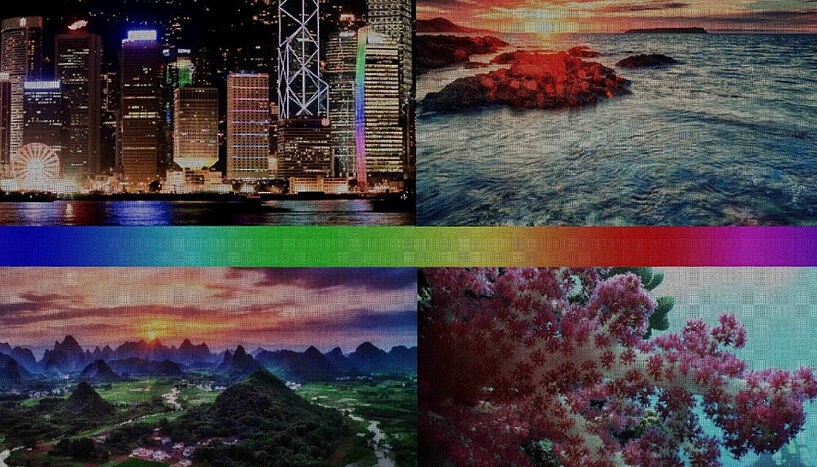Scientists at the University of Vienna have achieved a significant milestone in DNA technology, introducing a breakthrough that expands the color spectrum available for DNA-based images.
Traditionally, DNA was confined to a palette of 256 colors, limiting its capacity for visual representation. However, this latest advancement shatters those constraints, enabling the generation of an astonishing 16 million colors.
By leveraging these expanded color possibilities, researchers can now "paint" intricate images on a compact 2D surface, reproducing digital images with an impressive 24-bit color depth. This breakthrough could find applications in various scientific disciplines, from genomics to nanotechnology.

Researchers at the University of Vienna have achieved a significant breakthrough in DNA technology. They've successfully engineered fluorescent duplexes capable of producing a staggering 16 million colors, surpassing the prior limitation of 256 colors.
DNA-Inspired Art
The key to this innovation lies in the fundamental properties of DNA. The double helix structure of DNA consists of two molecules with complementary sequences. By manipulating the amount and location of these sequences, scientists can fine-tune the stability of the duplex in the laboratory.
When combined with fluorescent markers attached to one of the matching DNA strands, the duplex becomes visible, with fluorescence intensity correlating to stability.
In this study, the researchers took control of DNA hybridization, a process where complementary DNA sequences recognize and assemble as duplexes. By carefully modulating the duplex's stability, they were able to create an extensive range of colors.
To achieve this, different short DNA strands linked to fluorescent markers emitting red, green, or blue light were hybridized to a longer complementary DNA strand on the surface.
The precision in color control was attained by strategically removing bases from the DNA strand at predetermined positions, lowering the stability of the duplex. This adjustment resulted in varying shades of color, offering 256 shades for each color channel.
Remarkably, these shades could be mixed and matched within a single DNA duplex, yielding an unprecedented 16 million combinations. This level of precision demanded the synthesis of over 45,000 unique DNA sequences.
Maskless Array Synthesis
The researchers harnessed a parallel DNA synthesis method called maskless array synthesis (MAS). This technique enabled the simultaneous synthesis of an extensive array of unique DNA sequences on a surface comparable in size to a fingernail.
Notably, the approach granted control over the location of each DNA sequence on the surface, consequently dictating the assigned color. With the help of specialized computer scripts, the team automated the process, transforming digital images into DNA replicas with striking color fidelity.
Although the current resolution is capped at XGA, the potential for higher resolutions, including 1080p and potentially 4K, is within reach, according to the researchers.
"Beyond imaging, a DNA color code could have very useful applications in data storage on DNA," said Tadija Kekić, PhD candidate in the group of Jory Lietard.
The team's findings were published in the Journal of the American Chemical Society.
Related Article : Bioscience Firm Insists They Can Bring an Extinct Mammoth Back to Resurrection by Leveraging DNA Technology with $15M Seed Fund

ⓒ 2025 TECHTIMES.com All rights reserved. Do not reproduce without permission.




